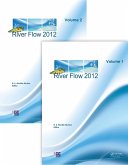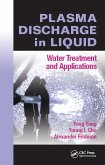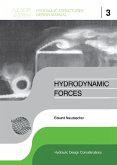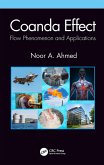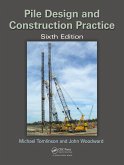A stream flowing in alluvium deforms its bed surface so as to form ripples, dunes, bars, etc., and, in many instances, it deforms its channel as a whole so as to create meandering or braiding patterns. One can say that, in general, an alluvial stream and its deformable boundary undergo a variety of fluvial processes leading to the emergence of a multitude of fluvial forms.
This book concerns the physics and analytical treatment of fluvial processes and the associated alluvial forms. The emphasis is on the origin, time-development and effects of bed forms, from small to mesoscale (ripples, dunes, alternate and multiple bars), as well as meandering morphodynamics; braiding and delta formation are addressed. The book covers also the principles of river self-formation and equilibrium morphology.
The book was written primarily for researchers and graduate students of hydraulic engineering, water resources and the related branches of earth sciences, but it may also be very useful for river engineers and managers.
This book concerns the physics and analytical treatment of fluvial processes and the associated alluvial forms. The emphasis is on the origin, time-development and effects of bed forms, from small to mesoscale (ripples, dunes, alternate and multiple bars), as well as meandering morphodynamics; braiding and delta formation are addressed. The book covers also the principles of river self-formation and equilibrium morphology.
The book was written primarily for researchers and graduate students of hydraulic engineering, water resources and the related branches of earth sciences, but it may also be very useful for river engineers and managers.
Dieser Download kann aus rechtlichen Gründen nur mit Rechnungsadresse in A, B, BG, CY, CZ, D, DK, EW, E, FIN, F, GR, HR, H, IRL, I, LT, L, LR, M, NL, PL, P, R, S, SLO, SK ausgeliefert werden.





